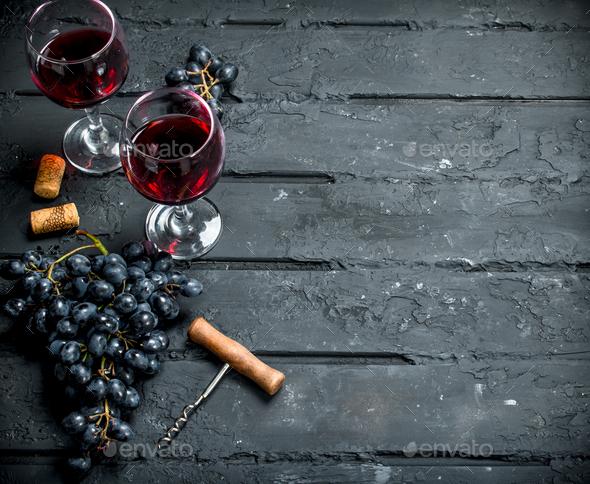Investment wine is not only a luxury but also a potential source of profit for collectors and enthusiasts alike. However, to maximize the return on your investment and ensure the wine retains its quality over time, its crucular to know how to store investment wine. In this guide, we'll delve into the essential considerations and best practices for storing investment wine.
1. Temperature Control:
One of the most critical factors in wine storage is temperature. Fluctuations in temperature can accelerate aging or, worse, spoil the wine. Aim to store your investment wine in a consistently cool environment, ideally between 45°F to 65°F (7°C to 18°C). Avoid drastic temperature changes, as they can cause the wine to expand and contract, leading to seepage or cork damage.
2. Humidity Levels
Wine bottles are sealed with corks, which need adequate moisture to maintain their elasticity and form a tight seal. Aim for a humidity level of around 60-70%. Too much humidity can promote mold growth, while too little can cause corks to dry out and allow air to enter the bottle, spoiling the wine.
3. Stable Environment
Besides temperature and humidity, it's essential to store wine in a stable environment free from vibrations and light exposure. Vibrations can disturb the sediment in the bottle and affect the aging process. Light, especially UV rays, can degrade the wine and alter its flavor profile over time. Choose a location away from appliances, motors, or any source of vibration, and consider storing wine in dark or opaque containers or cabinets.
4. Horizontal Storage
Storing wine bottles horizontally ensures that the wine remains in contact with the cork, keeping it moist and preventing it from drying out. This position also helps minimize the risk of sediment settling in one area of the bottle, ensuring more consistent aging.
5. Ventilation
Adequate ventilation is necessary to prevent musty odors or mold growth in storage areas. Ensure proper airflow by avoiding overcrowding and allowing space between wine bottles. Additionally, consider investing in a wine storage unit with built-in ventilation systems for optimal air circulation.
6. Security
Protecting your investment wine from theft or accidental damage is paramount. Consider installing security measures such as locks, surveillance cameras, or alarm systems in your storage area to safeguard your collection.
7. Professional Storage Facilities
For serious collectors or investors with extensive wine collections, investing in professional storage facilities or wine cellars may be the best option. These facilities offer controlled environments specifically designed for aging wine, complete with temperature and humidity controls, security measures, and expert staff to oversee the storage process.
8. Regular Monitoring and Maintenance
Even with the best storage conditions, it's essential to monitor your investment wine regularly. Check for any signs of cork damage, leakage, or off-putting odors. Rotate bottles periodically to ensure uniform aging, and consider investing in temperature and humidity monitors to keep track of storage conditions accurately.
By following these guidelines for proper wine storage, you can preserve the quality and value of your investment wine collection for years to come. Whether you're a seasoned collector or just starting, investing in the right storage infrastructure is crucial for protecting your prized bottles and enjoying them at their best when the time comes to uncork and savor their contents.

